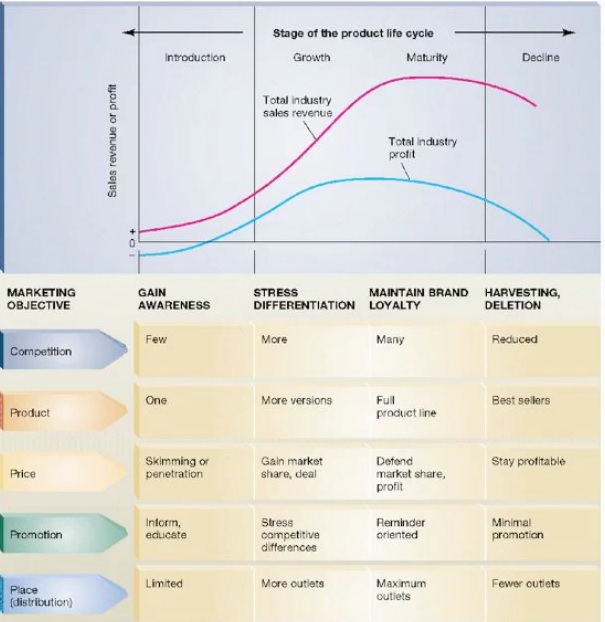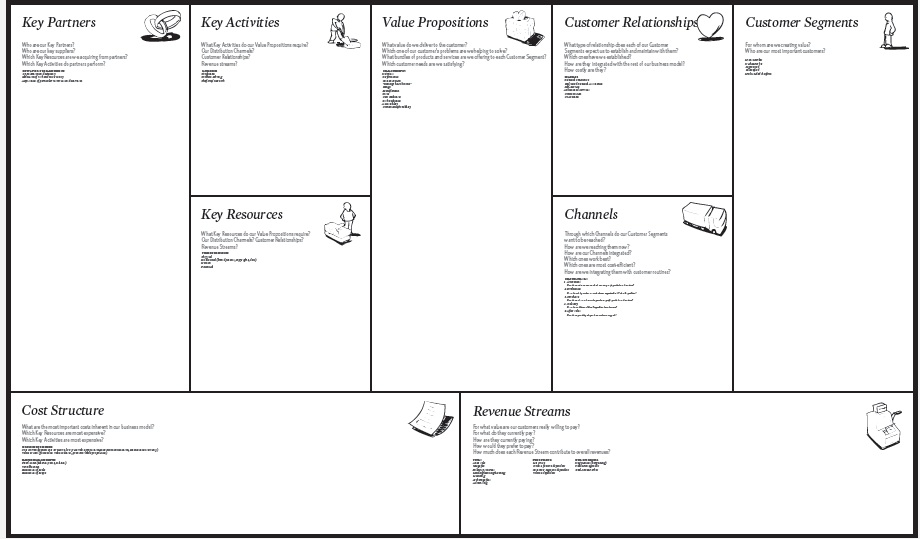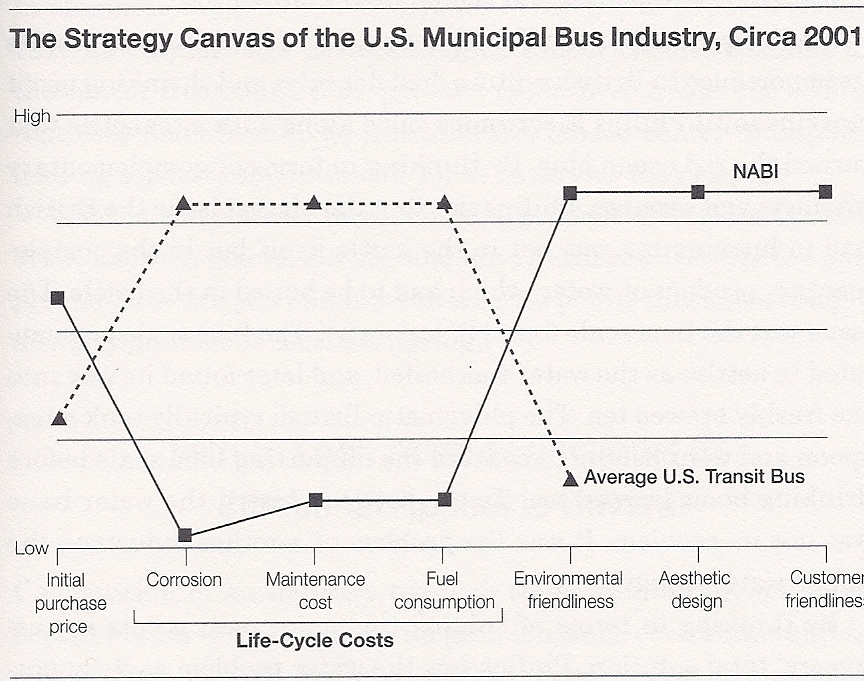

First step to business excellence: a sound strategy
Within an organization, there are two levels of strategies: corporate and business unit level strategies.
On one hand, Corporate strategies stated in the annual reports tend to look all very similar because they leverage macro-economic indicators (such as cost of labor and energy, expected economic growth in each country, etc.). For example which company did not want to increase revenues from emerging countries (BRIC- Brazil Russia India China) where GDP growth was much higher than Europe and the US?
All companies seek to become market leaders to leverage economies of scale. Growth holds the promise of higher profitability and return on equity demanded by the financial market. Different types of growth can coexist, e.g. geographical growth by expansions in new emerging markets, geographical and/or market growth in the form of Mergers & Acquisitions, growth created by new products driven by internal innovation, collaborations with partners, or by external acquisition, etc.
On the other hand, strategies defined at product/market/business unit level show significant differences between poor and strong performers. A good strategy will target market opportunities and at the same time leverage the company strengths. This is in essence what the SWOT (Strengths, Weaknesses, Opportunities, Threats) analysis does.
We would like to emphasize here a few guidelines that can help ensure the strategy is consistent with the environment and have good chances of success:
1. Relevance to your product/service lifecycle stage
2. Focus on a single value proposition
3. Review your entire business model
4. Be agile and ready to make changes
Tip #1: Match your strategy with the lifecycle stage of your product/service
The first thing to look at is in which lifecycle stage your product/service is. This determines the competitive environment that your company faces (cfr. figure below, adapted from Levitt): a new product needs to focus on valuable features (e.g. iPhone) to attract early adopters, then later when the product reaches maturity, market leadership can be maintained by either cost leadership or differentiation. Differentiation can take multiple forms: product, service, distribution, etc.
For each of these major strategy options, several generic strategies can be chosen from.

Adapted from Levitt model, 1965
Tip #2: Focus on leadership in one major value proposition: Product leadership, Customer intimacy or Operational Excellence ?
No company can be the best in all areas. Three main strategy options have been identified by F.Wiersema, in his book “The discipline of market leaders”, Addison Wesley, 1995:
1. Product leadership,
2. Customer intimacy (service)
3. Operational Excellence (=Cost Leadership)
The product-centric strategy aims at delivering original features that will attract the customers. Example: Apple with the iPhone (design and functionalities).
The service-centric strategy aims at delivering services- stand-alone or around a product- that will deliver a superior customer experience. Example of companies applying this strategy type: American Express, Hilton. Call American Express in case of credit card abuse: they will immediately put the expense on-hold and investigate on their side. No action required from the customer. They do the job, you enjoy the service.
The cost-centric strategy focuses on delivering the same product / service at a better cost, increasing profit margin and/or market share thanks to better price. Example: low cost airlines like Ryan Air, or low cost retailers like Colruyt.
Based on its internal strengths, a company should choose for each market one of these major strategies, since one cannot the best in all areas. The key to success is focus and consistency.
It is then also easier to communicate priorities to your employees so that they are aligned with your strategy. South West Airlines clearly states to his employees that priority number one is to decrease turnaround time of air plane to leverage this costly investment to the maximum. Anything that goes in that direction will be appreciated and rewarded.
Tip #3: Align your entire business model with your value proposition:
All elements of the business model must be aligned to ensure that the strategy can effectively be successful. The Business model canvas (cfr. Figure below, from Value innovation by the business model, Osterwalder, Wiley, 2010) is a simple yet powerful tool that allows you to consider all operational aspects of your business: management of partners and resources, key activities creating value, distribution channels, customer relationships and customer segments.

You can use for each component (cell in the above figure, more details on www.strategyzer.com) the principles of Blue Ocean Strategy:
• What do we need to Eliminate ?
• What do we need to Reduce ?
• What do we need to Raise ?
• What do we need to Create ?
The Value Curve encourages you to differentiate yourself from your competitors on a number of key product/service features. Below an example of a value curve for a new type of municipal bus developed in Hungary (NABI):

The figure above (from Blue Ocean Strategy, R. Chan Kim, Renée Mauborgne, Harvard Business Review Press, 2005; more details on www.blueoceanstrategy.com ) lists a certain number of product features and compares them with the average US transit bus in usage at that time (with a standard scale from high to low; high does not necessarily mean better). The NABI bus lightweight plastics frame makes it total life-cycle cost much lower than the traditional steel based bus, even though the initial investment is higher.
Tip #4: Be agile – Always keep in mind Time-To-Market and Adaptability
In these times of rapid changes and fierce competition, it is definitely a good idea to test your strategy as early as possible by presenting a prototype to your customer base and getting early feedback. This allows the strategy to be adapted and to optimize return-on-investment. Several recent articles from HBR focus on this point as well as a very recent study from Deloitte, “Decoding the formula for superior performance”, which looked at companies that achieved both superior revenue growth and return on assets and unveiled 3 basic ingredients for a winning strategy:
1. Focus on non-price benefits (superior functionality, service or experience) rather than price
2. Focus on increasing revenue rather than decreasing costs
3. Focus on agility (speed to market and adaptability) rather than very detailed business plans
Indeed, price wars drive margins down and threaten business sustainability. While operational excellence and cost control are still important, shorter product lifecycles and increased competition from low cost countries now require to be more innovative to compete on something else than cost.
Focusing on increasing revenues goes back to focusing on growth rather than profitability, in a first stage at least, to capture market shares. Several major big companies took indeed some time to be profitable (e.g. Amazon, Google, etc.) but are now leaders and quite profitable thanks to new business models leveraging their core competencies.
While these 2 points seem good strategies, the 3rd ingredient seems the key one and makes good sense in a world of fast changes and great complexity: build your business model, test and fine-tune it until it is good enough and without too much risk to roll it out in full scale.
By following the guidelines above, companies can ensure their strategies are consistent with the market needs and identify the key strengths needed to succeed.
However, to reach success, the execution of the strategy is often more challenging than the definition of the strategy itself. Some tips on strategy execution will be shared in the next newsletter. Stay tuned !
References:
- The discipline of market leaders, F.Wiersema, Addison Wesley, 1995
- Le grand livre de la stratégie, Ducreux, Abate , Kachaner, BCG, Eyrolles, 2009
- Blue Ocean Strategy, R. Chan Kim, Renée Mauborgne, Harvard Business Review Press, 2005
- Value innovation by the business model, Osterwalder, Wiley, 2010
- Reinvent your business, Decoding the formula for superior performance, Deloitte, September 2013